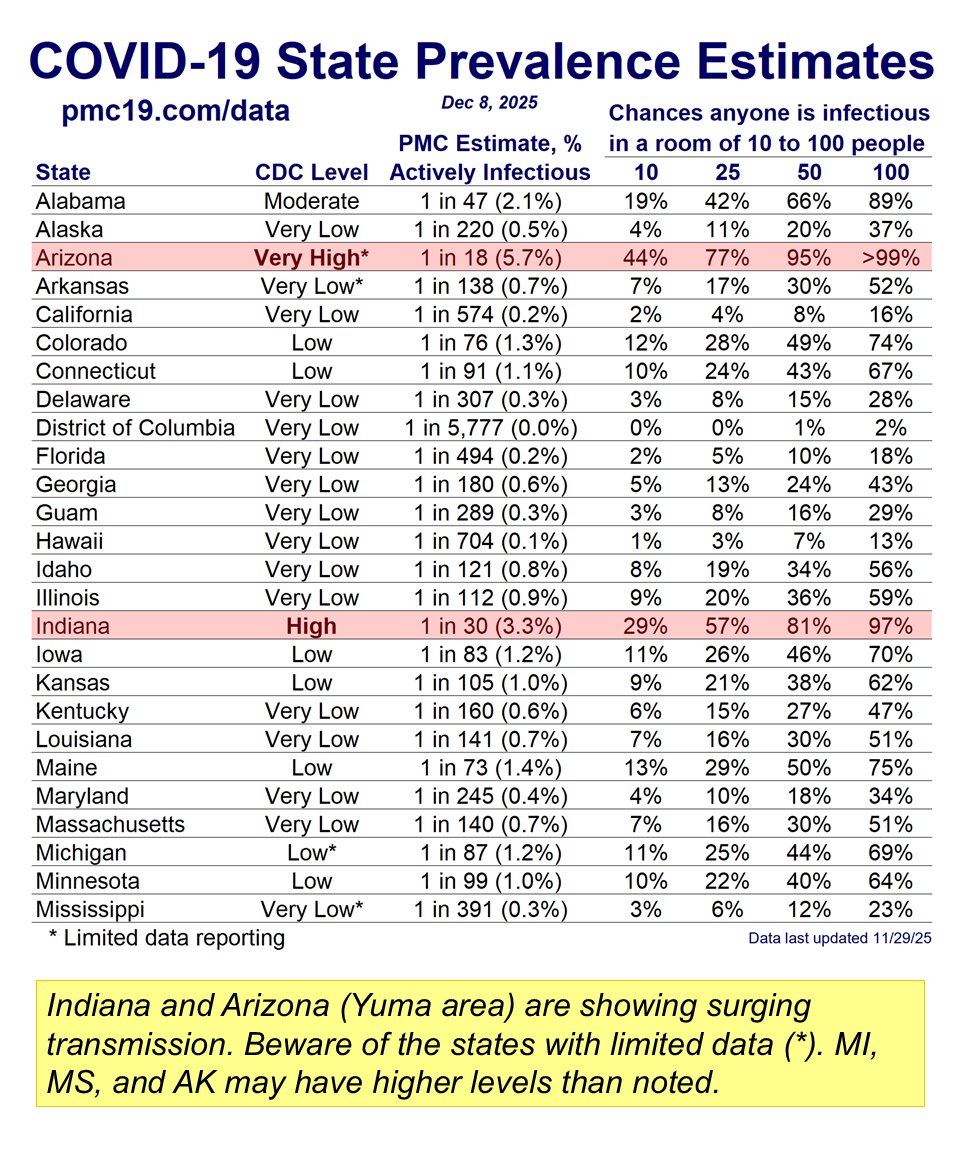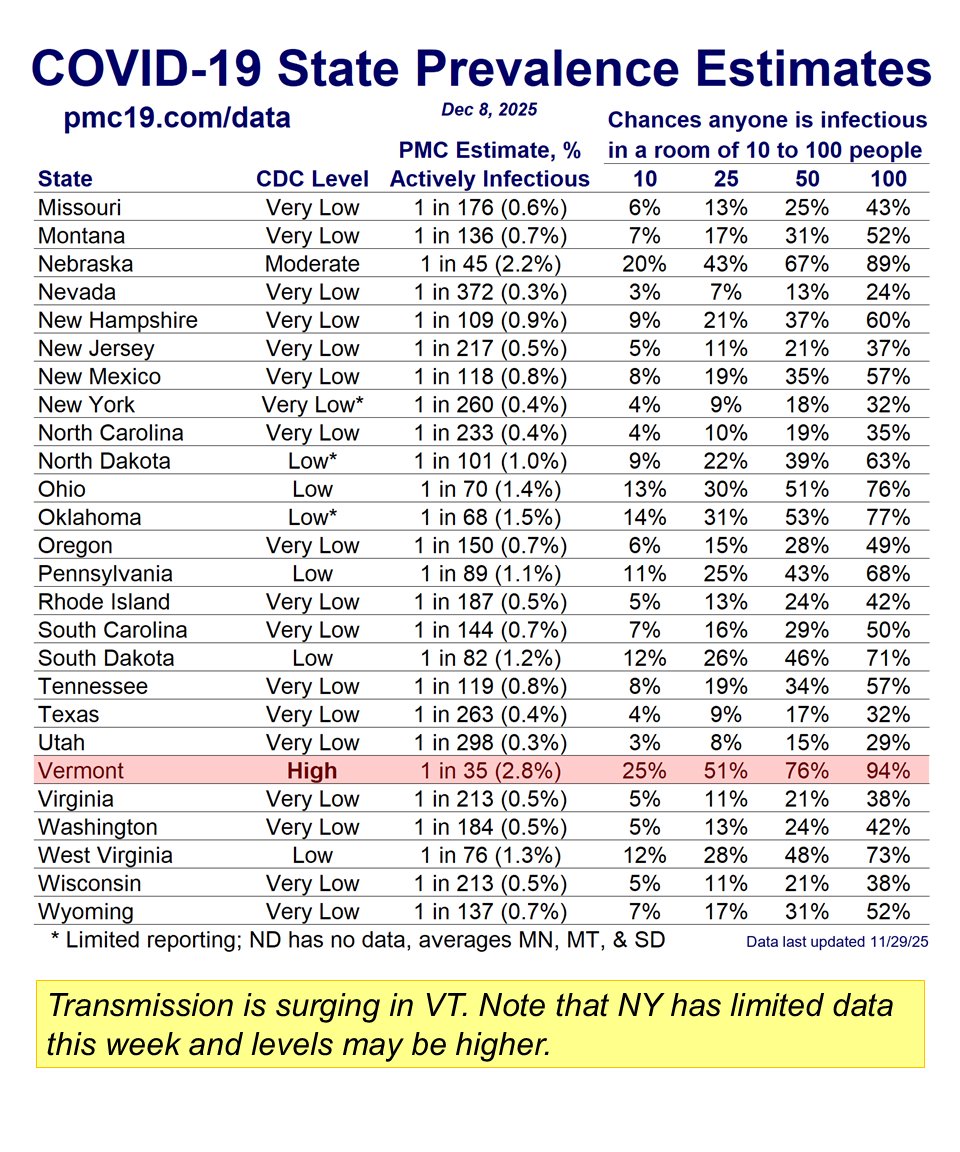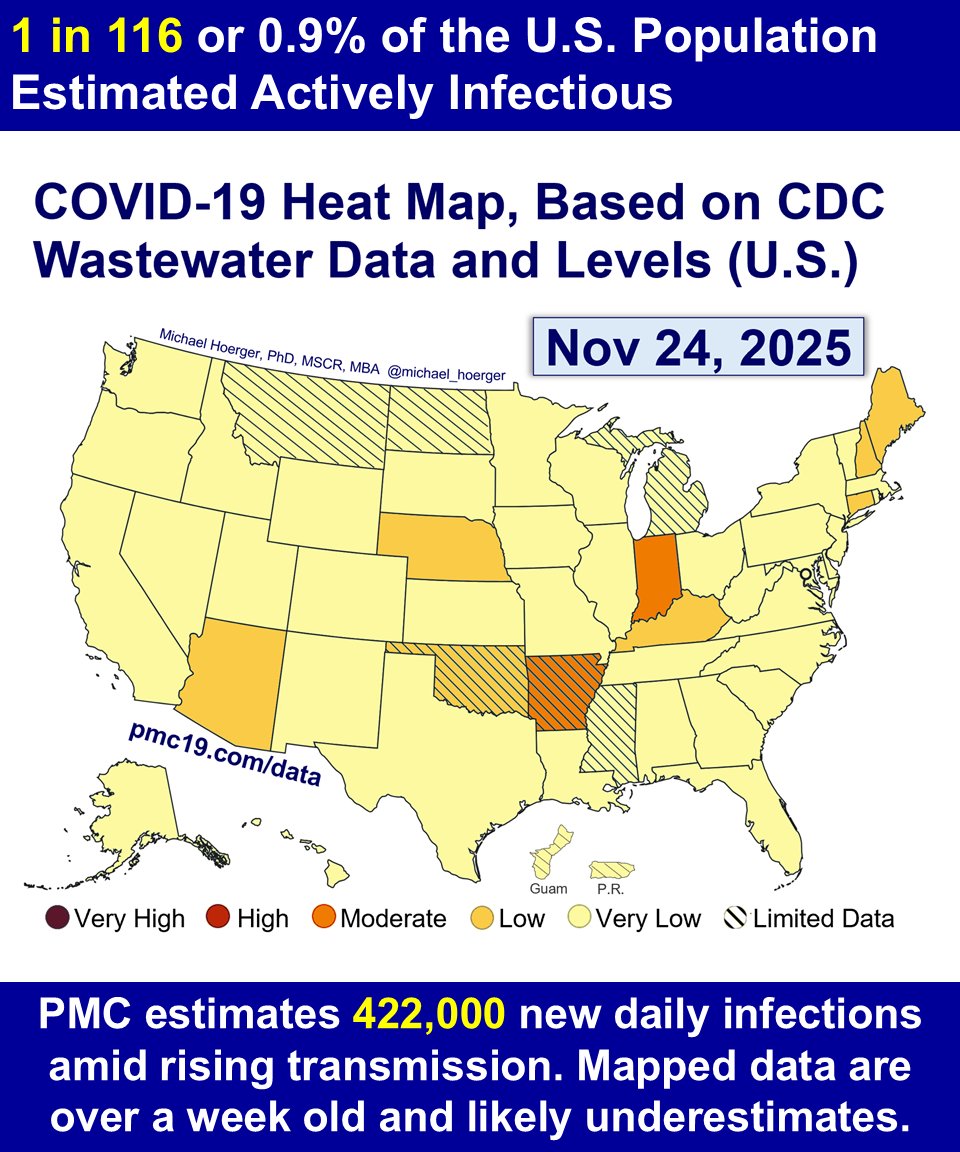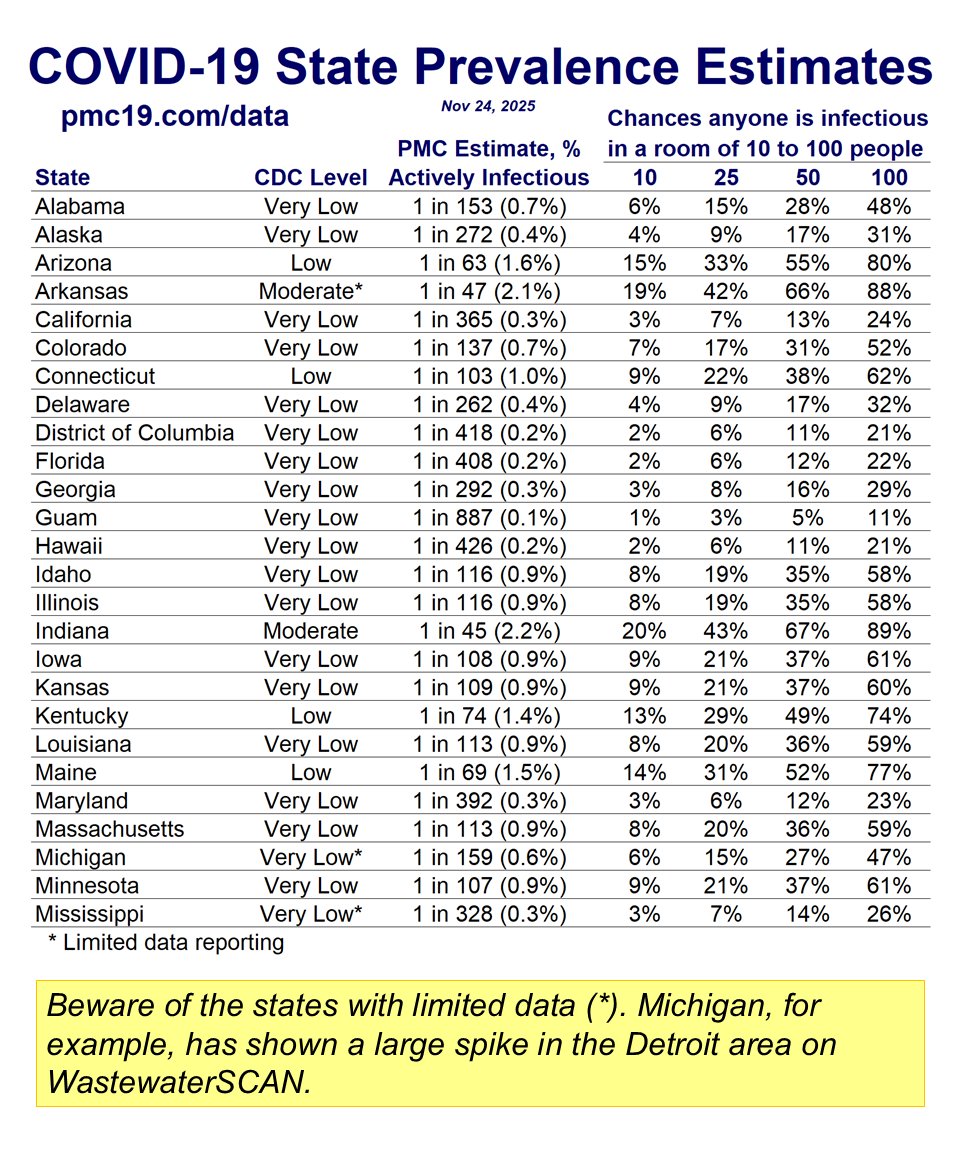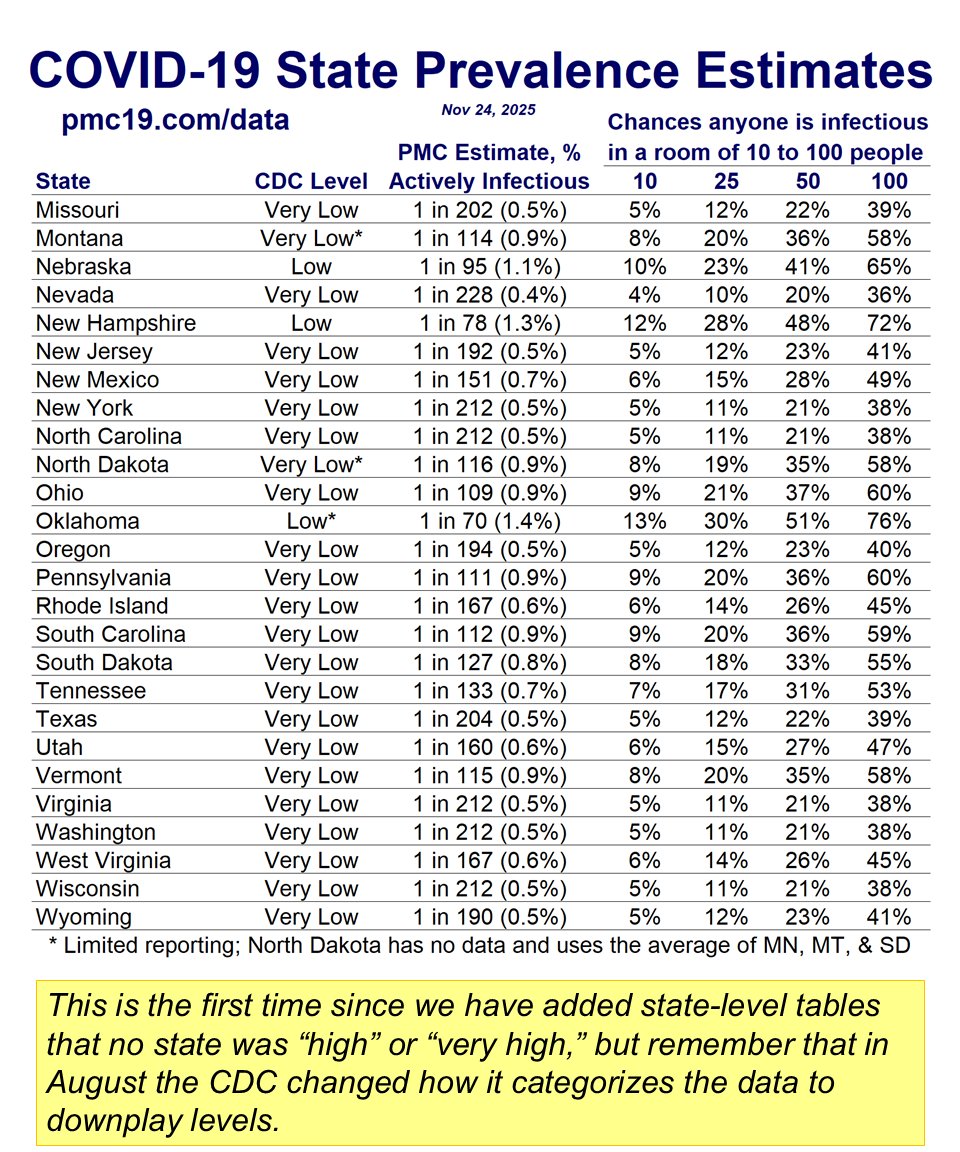Know someone having a baby soon? CONGRATULATIONS! 🍼🍼🍼
As hospitals drop universal COVID protections, these are my top 7 tips for protecting unmaskable un-vaxable newborns from #nosocomial (hospital-acquired) COVID.
What did I miss?
THREAD of Top 7 Tips 🧵
As hospitals drop universal COVID protections, these are my top 7 tips for protecting unmaskable un-vaxable newborns from #nosocomial (hospital-acquired) COVID.
What did I miss?
THREAD of Top 7 Tips 🧵

Tip #1 – Determine your #mask rules. Some parents require staff to #N95. Compliance would vary by region/hospital. Prep for what you’ll say if staff don’t comply.
With our newborn twins, we supplied medical staff w/free N95s & tests. Nobody wanted N95s; 1 took a #RAT. 🤣
With our newborn twins, we supplied medical staff w/free N95s & tests. Nobody wanted N95s; 1 took a #RAT. 🤣

Tip #2 – U.S. hospitals SHOULD have excellent ventilation (air cleaning) by reg. But HVAC repair doesn’t have a CPT code. Many of my best & worst air quality readings are from hospitals.
Consider buying a #CO2monitor, read on that hashtag, & follow @joeyfox85 for basic tips.
Consider buying a #CO2monitor, read on that hashtag, & follow @joeyfox85 for basic tips.
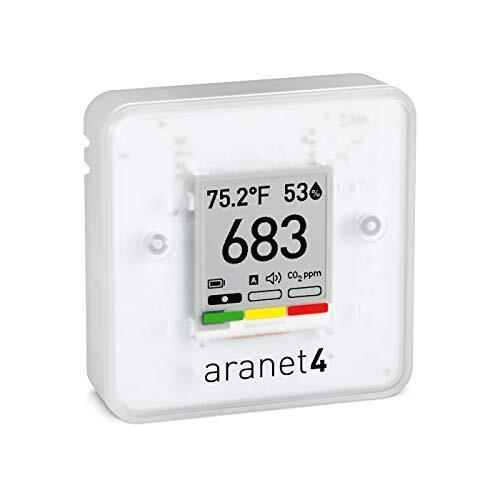
Tip #3 – Bring 1-2 large #HEPA filters. Your GOAL is to keep them plugged in. When someone says they must unplug them, have a plan!
When told to unplug our HEPAs, I demanded to speak to the building engineer (too busy to ever show up) & …
When told to unplug our HEPAs, I demanded to speak to the building engineer (too busy to ever show up) & …

Tip 3 (cont) – talk to the 'patient advocate' BEFORE letting anyone unplug the #HEPA.
If anyone unplugged my HEPAs, I would have kicked them off the care team, trashed the hospital on social media, called the news and a lawyer, and started picketing outside.
Have a plan.
If anyone unplugged my HEPAs, I would have kicked them off the care team, trashed the hospital on social media, called the news and a lawyer, and started picketing outside.
Have a plan.

Tip #4 – W/all the unmasked ppl roaming medical facilities, build a #PAPRbuggy/#HEPAbuggy to keep babies safer when leaving & for their many well visits.
I began testing designs in March. Read my empirical report (under review, see link to pre-print).
I began testing designs in March. Read my empirical report (under review, see link to pre-print).
https://twitter.com/michael_hoerger/status/1547521535824519170
Tip #5 – Protect yourself. Get the bivalent #booster. Discuss nuance w/OBGYN/PCP. Mask well. Set vax & mask rules for any fam visitors.
I wore N95s >99% of the time in the hospital & my partner did except for meals (after a HEPA cleaning delay). Mask while sleeping.
I wore N95s >99% of the time in the hospital & my partner did except for meals (after a HEPA cleaning delay). Mask while sleeping.
Tip #6 – Develop testing protocols for fam who may visit in or after the hospital stay. I’ve administered hundreds of tests (RATs, PCR, antibody), talk about boogers, swab tactics, etc.
No family sees my babies w/o getting tested. Determine what’s right for your fam context.
No family sees my babies w/o getting tested. Determine what’s right for your fam context.
Tip #7 – Give yourself grace. Health systems have little understanding that #COVIDisAirborne. The WH, CDC, and much of America are living in #delusion-ville while a 9/11 of ppl die each week. Whatever happens, you did the best you could.
• • •
Missing some Tweet in this thread? You can try to
force a refresh






